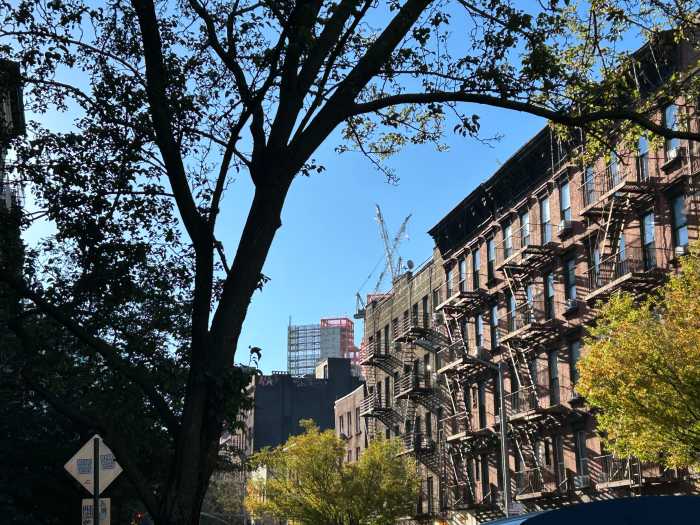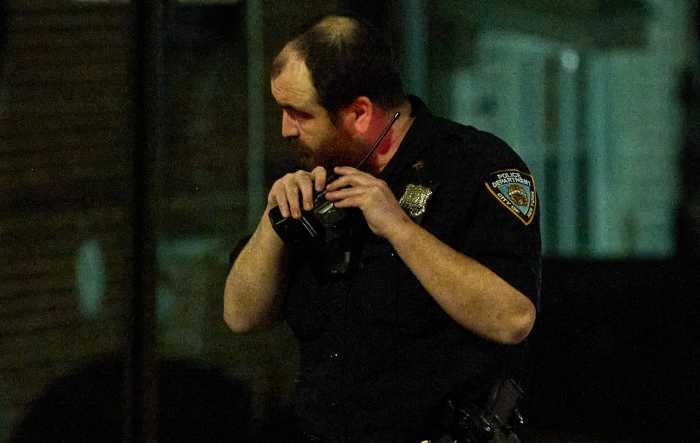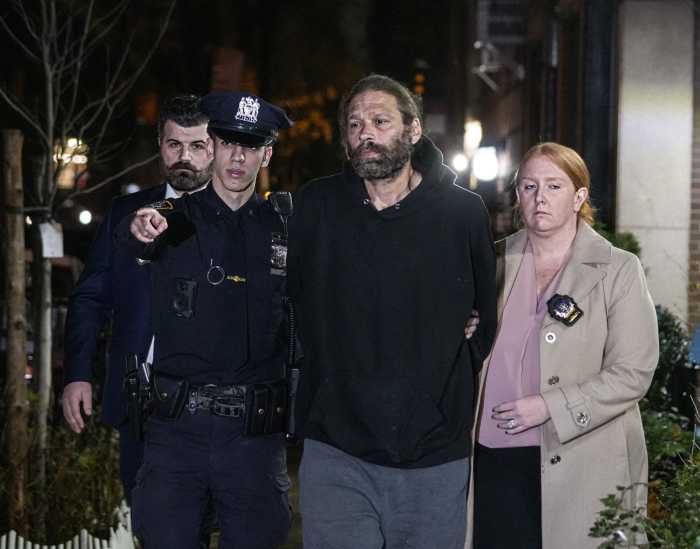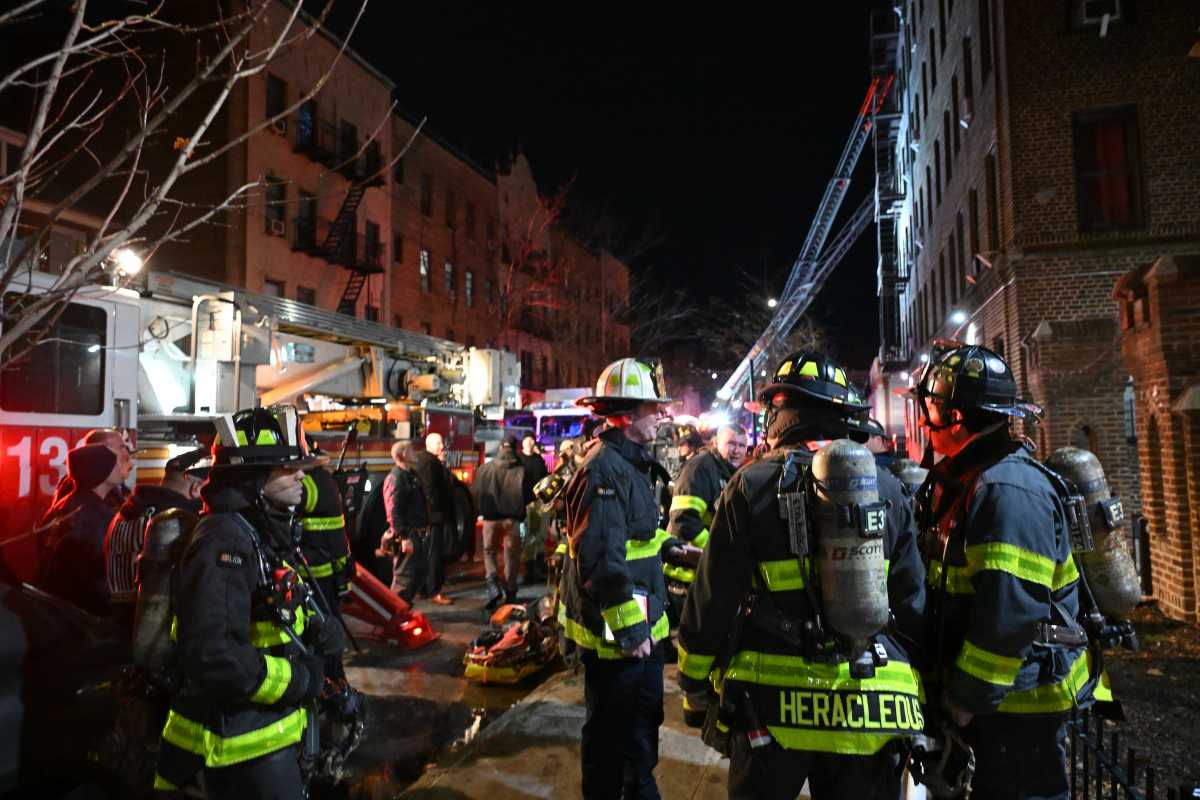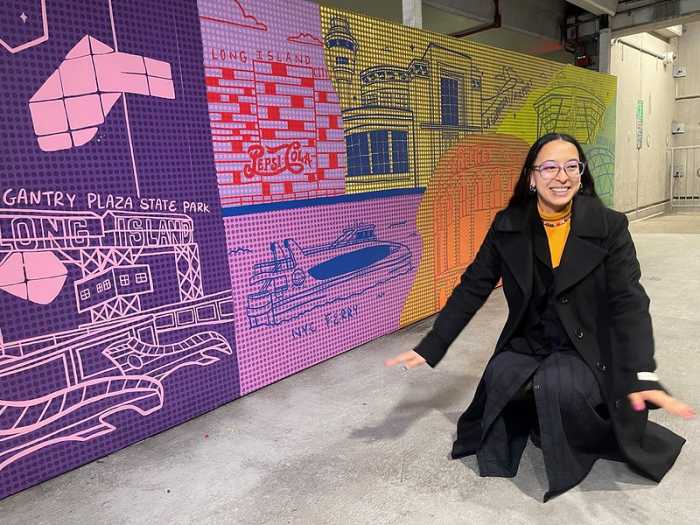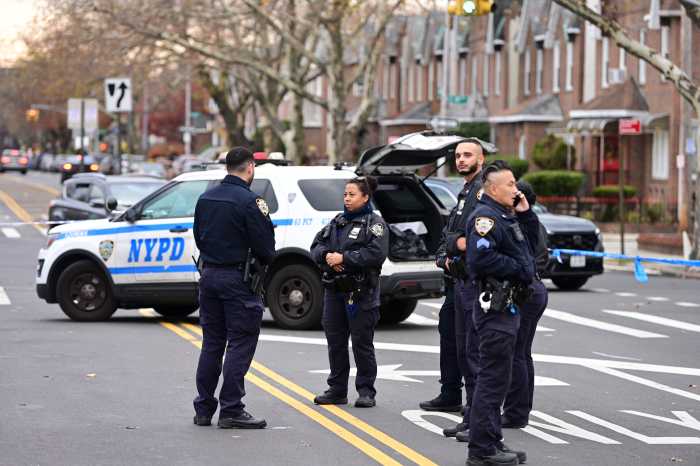
The new Louis Armstrong Stadium is poised to make some history of its own.
Construction on the 14,000-seat tennis stadium is about 95 percent complete, officials said Thursday during a walk-through at the Billie Jean King National Tennis Center in Flushing Meadows-Corona Park.
The new stadium features a retractable domed roof, and 14,250 terra cotta louvers designed to keep rain out while letting cool air in.
This is a far cry from the previous stadium — named for the music legend who lived in nearby Corona — which was more than 50 years old with few amenities.
“The magic on this court and the history and what went on has always been spectacular but quite frankly the fan experience was maybe subpar,” said Daniel Zausner, chief operating officer of the tennis center.
Armstrong was the main venue until Arthur Ashe Stadium opened in the late 1990s. It was the scene of dozens of classic match ups, including the 1980 John McEnroe vs. Bjorn Borg final.
Zausner said the new stadium will have a big “wow factor” with a glass front, retails shops (such as Wilson and Polo Ralph Lauren), an expansive concourse, elevators and escalators.
“There are a lot of creature comforts that didn’t exist at the old stadium,” he said. “The concession stands and bathrooms are four times the size of what we had before.”
The old Louis Armstrong Stadium was refashioned from the Singer Bowl, built by the sewing company for the 1964-65 World’s Fair. After the fair, it hosted live music performances from the likes of Jimi Hendrix, The Who and The Doors. It even served as a boxing venue in the 1970s.
When the U.S. Open moved from Forest Hills to Flushing Meadows in 1978, the Singer Bowl was rebuilt into the Louis Armstrong Stadium and adjoining Grandstand and hosted legendary tennis matches for almost 40 years.
The old stadium was torn down after the 2016 U.S. Open as part of a sweeping $600 million transformation plan. A retractable roof was added to the Arthur Ashe Stadium, and a new 8,125-seat Grandstand was constructed.
The timing of its opening coincides with the 50th anniversary of the U.S. Open.
“This is important for tourism, but it’s also important symbolically,” said Queens Tourism Council director Rob MacKay. “The stadium honors Louis Armstrong, a local resident who was one of the greatest entertainers in world history. In fact, Satchmo performed in the exact venue, although it was the Singer Bowl then, during the World’s Fair in 1964.”
More than half of the seats will be reserved for general admission, with the rest set aside for those with specific tickets.
The new stadium is designed to be more comfortable for players and fans, and the dome will reduce the need for rain delays.
“This is going to be the first naturally ventilated stadium of its kind in the world,” said Matt Rossetti, president and CEO of Rossetti, the architecture firm that designed the stadium.
The former Louis Armstrong Stadium had 18,000 seats and Grandstand had 6,000 seats.
“Right now, it has a more intimate feel than the other one,” said Katrina Adams, president and chair of the United States Tennis Association. “The Louis Armstrong of old was a huge stadium. We made it more intimate by taking out the top portion. The seats are a little closer to the court than they were before.”
The stadium is still an active construction site, but Zausner pledged it will be completed before the Open starts on August 27.
“We have about 10 weeks,” he said. “We are going to use every day of those 10 weeks to ensure that for fans coming out, and for the players on the court, it’s a great experience.”



